12 Lesser-Known Places in France Worth Exploring
Travelers often plan around the same handful of French destinations. Paris, the Riviera, Mont-Saint-Michel, maybe Bordeaux or Provence. But once you step outside the big names, you find towns and regions with just as much to offer, usually at a slower pace and with fewer crowds.
Below are places that travelers consistently mention as rewarding detours – grouped by region so you can build them into a trip.
1. Burgundy Beyond Beaune
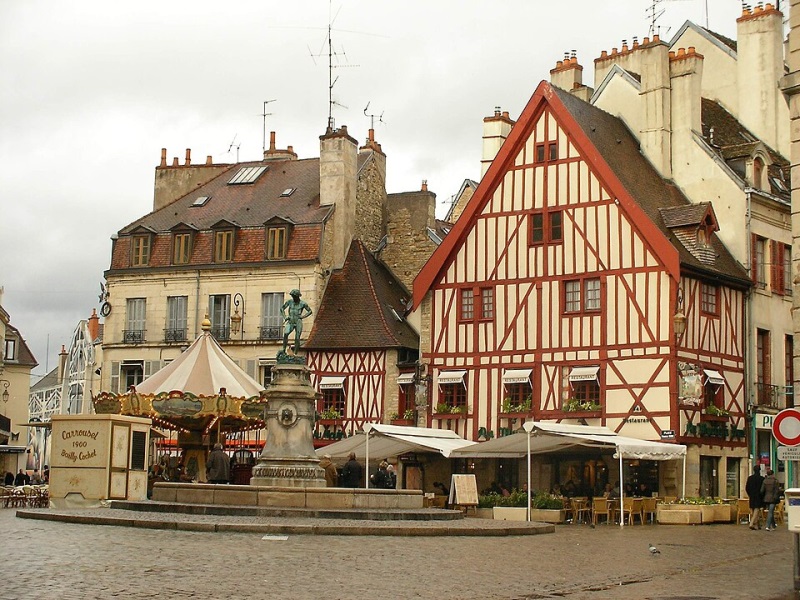
Most visitors stop in Beaune for wine tasting, but Burgundy spreads far wider. Dijon, the historic capital, is attractive with medieval streets, the Ducal Palace, and outstanding food markets.
From Dijon, small towns fan out in every direction. Vézelay rises on a hill with its Romanesque basilica drawing pilgrims for centuries.
Auxerre’s Gothic cathedral and half-timbered houses make it a fine base to explore surrounding vineyards like Chablis, famous for its crisp whites.
Villages such as Flavigny-sur-Ozerain, used as the film set for Chocolat, or Châteauneuf-en-Auxois with its medieval fortress, are typical of Burgundy’s slow pace.
Guédelon offers something unusual: a castle being built from scratch using 13th-century techniques, open for visits as the work continues.
Nature lovers can head north to the Parc national des forêts, a protected area of ancient oak forests and wildlife.
Food is another great reason to linger – Burgundy’s wines, boeuf bourguignon, and the Poulet de Bresse, a prized blue-footed chicken, keep travelers around as much as to the sights.
2. Jura and the Vosges
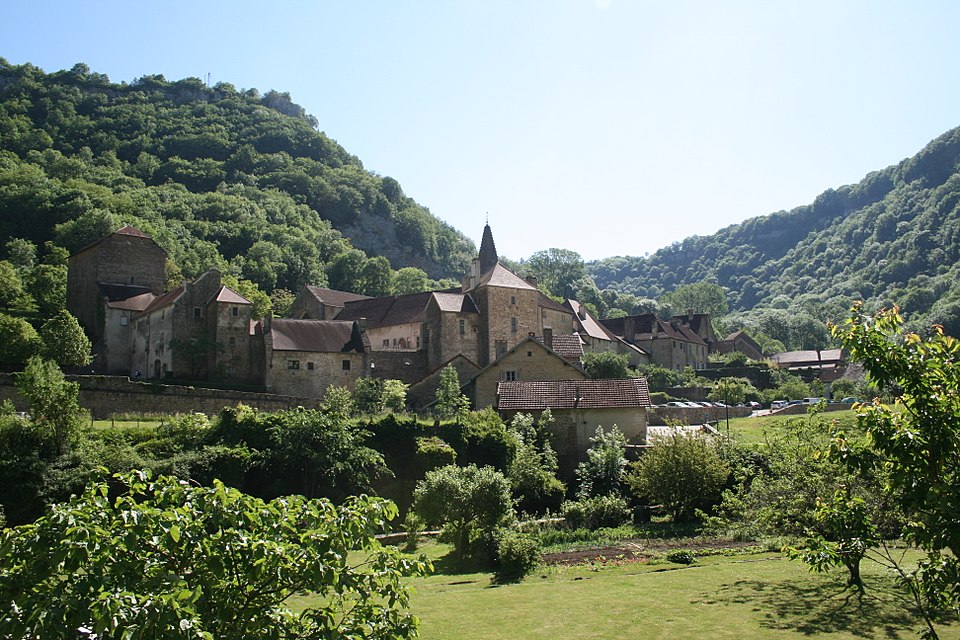
East of Burgundy, the Jura offers landscapes of limestone cliffs, waterfalls, and vineyards.
Baume-les-Messieurs is set in a steep valley with a Romanesque abbey and caves nearby. Arbois is the heart of Jura wine country, where vin jaune and comté cheese pairings dominate menus.
North of here, the Vosges Mountains have great hiking and cycling with fewer visitors than the Alps. The Col de la Schlucht is one of the most scenic passes, with routes leading into forested valleys and lakes.
3. Alsace Outside the Hotspots
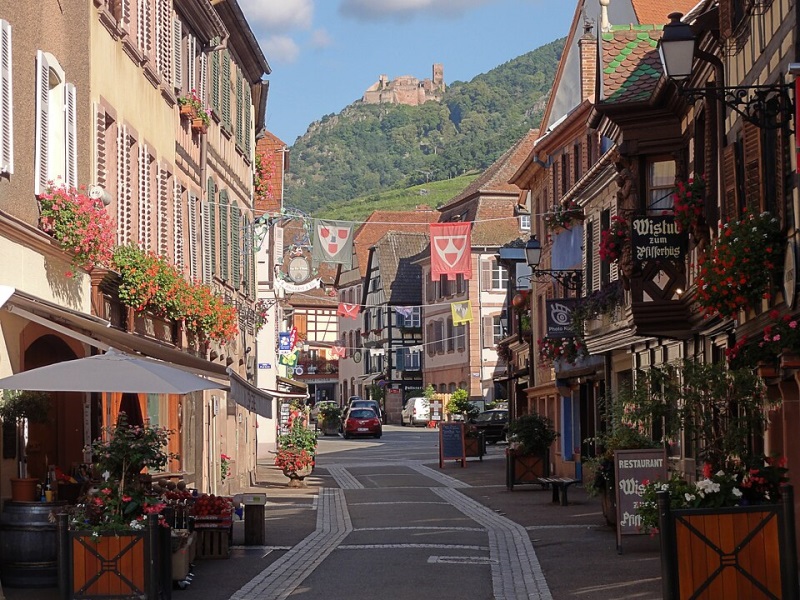
Colmar and Strasbourg attract heavy attention, yet much of Alsace remains quiet once you leave their centers. Strasbourg’s cathedral and canals are unmissable, but smaller wine villages along the Route des Vins give a gentler experience.
Colmar is postcard-ready, though travelers often find the quieter towns between the Vosges and the Rhine even more appealing.
Towns like Riquewihr, Eguisheim, and Kaysersberg all have cobbled streets, half-timbered houses, and local wine cellars, but with a calmer pace once you step away from the main squares.
Ribeauvillé also has medieval towers and walking paths into the vineyards. Exploring these villages often gives the same charm of Colmar without the crowds.
Alsace makes a strong pairing with Jura or Burgundy for anyone exploring the east of France.
4. Auvergne and the Massif Central
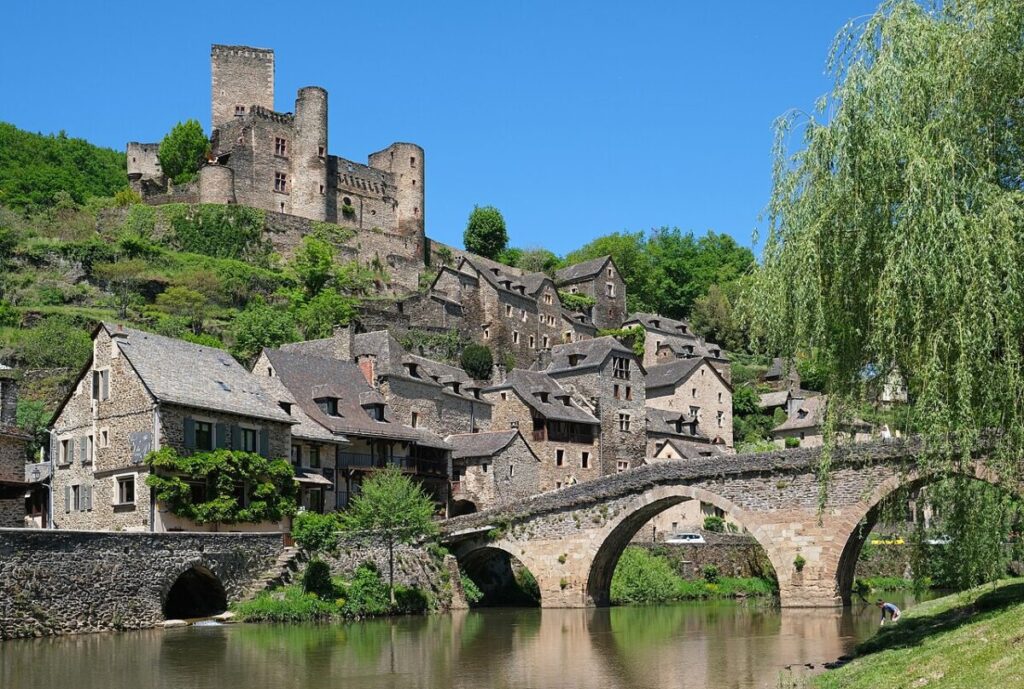
Auvergne feels remote compared with the rest of France. The Puy de Dôme is the main peak, but most trails lead into quiet volcanic valleys where only a few hikers pass each day.
Volvic, known worldwide for its spring water, is still a modest town set at the edge of old lava flows.
South into Cantal and Aveyron, medieval villages, deep valleys, and walking routes across extinct volcanoes define the landscape. These are regions where you can walk all day and end with dinner in a village that barely makes it into guidebooks.
5. Dordogne and Lot
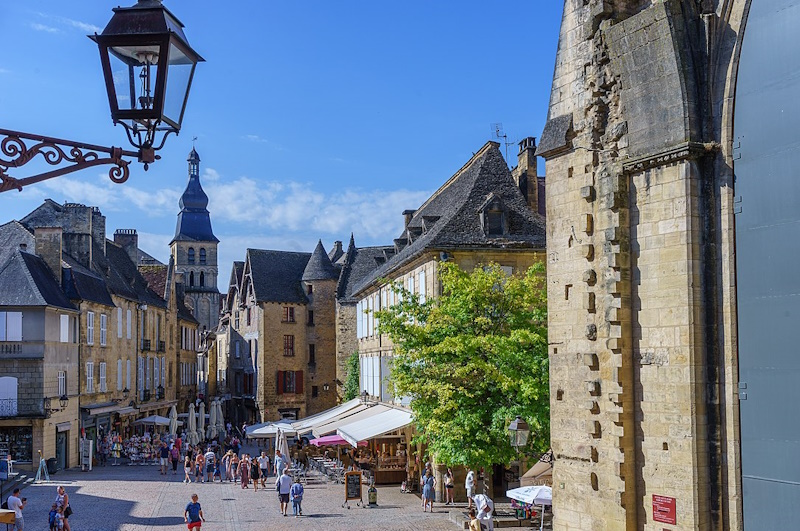
The Dordogne offers castles, rivers, and cave art. Sarlat’s old town is well preserved and hosts one of the region’s best markets.
Prehistoric sites like Font de Gaume still allow entry to original cave paintings, a rare chance now that most caves are closed to protect them.
The Lot department next door has a similar mix of perched villages and river scenery yet remains even less visited.
6. Champagne Country
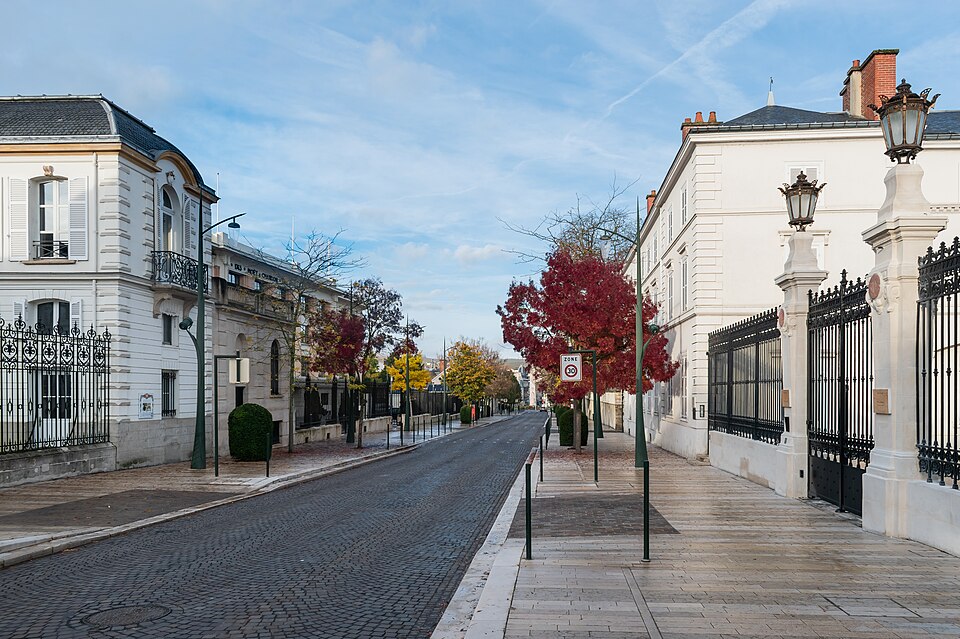
Reims gets attention for its cathedral and big Champagne houses, but Épernay is where production really concentrates.
The Avenue de Champagne is lined with Maisons like Moët & Chandon, with kilometers of tunnels under the town.
Smaller villages such as Chavot-Courcourt host family producers who welcome visitors for tastings in a more personal setting.
7. The Southwest Beyond Bordeaux
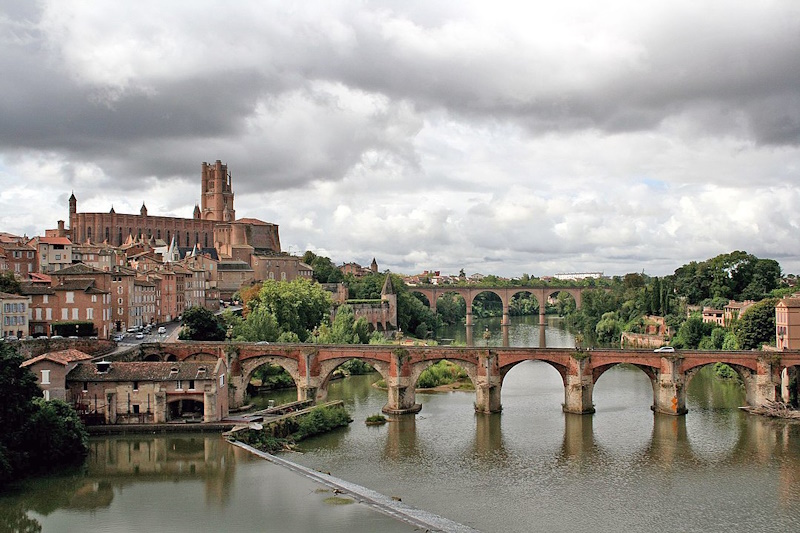
Toulouse (the Pink City) stands out for its brick squares and aerospace industry, but the food markets also attract a lot of visitors.
Albi, just an hour away, has a fortress-like cathedral and a museum dedicated to Toulouse-Lautrec.
Pau has a Pyrenean vibe with its château, lively Quartier du Hédas, and easy access to mountain villages or day trips into northern Spain.
8. Brittany’s Medieval Towns
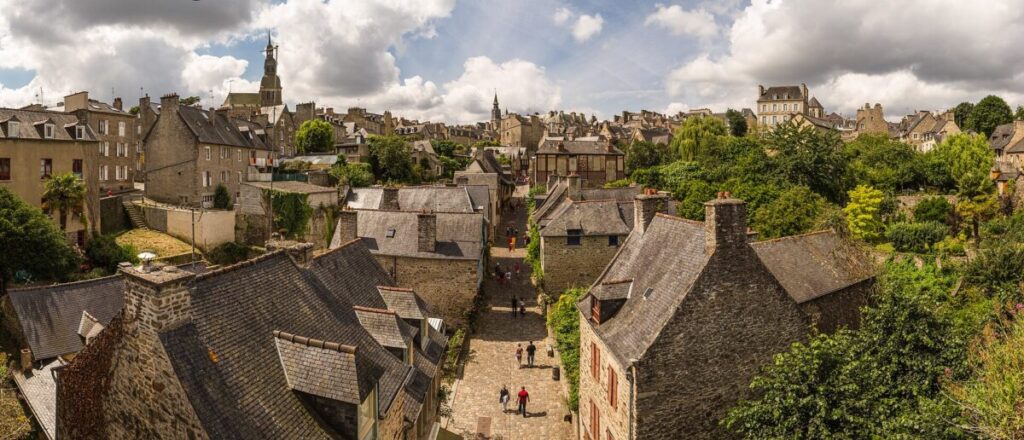
Mont-Saint-Michel takes much of the spotlight in Brittany, but towns like Dinan carry just as much medieval atmosphere without the tidal crowds. Its ramparts and river port set the scene for slow wandering.
Nearby, Dol-de-Bretagne has a striking cathedral and a quieter rhythm.
9. Normandy’s Harbors and History
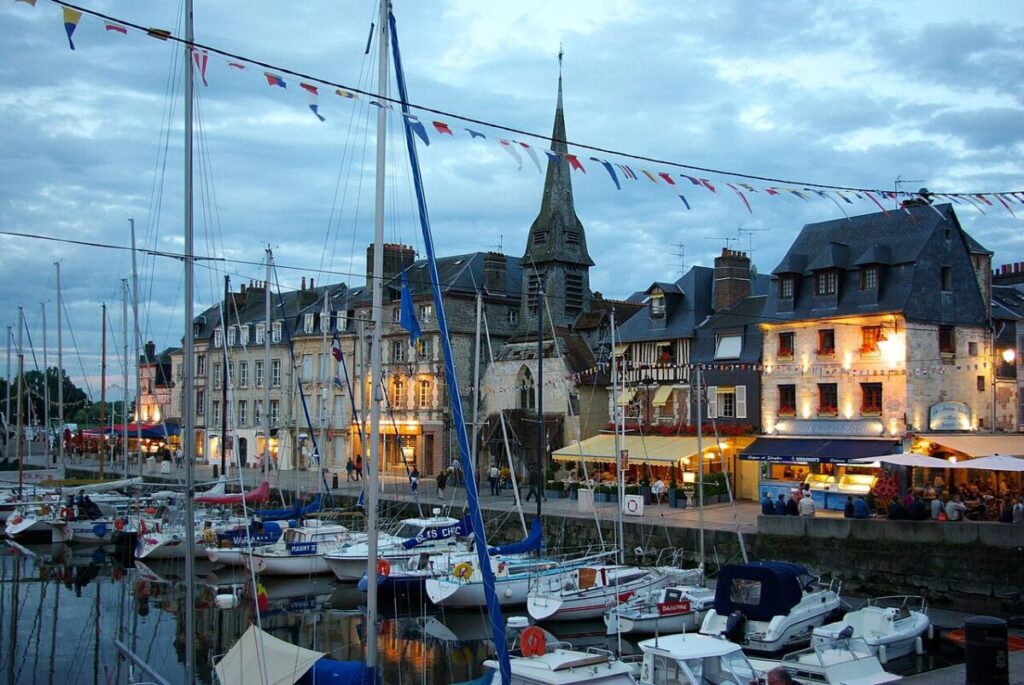
Honfleur’s timbered houses along the Vieux Bassin remain among the most painted views in France. While summer draws visitors, it is still a working harbor and a strong base for exploring Normandy’s coast.
Inland, Verdun has one of the most important sites of World War I memory, with battlefields, memorials, and cemeteries that leave a deep impression.
10. Alpine Lakes and Pyrenean Views
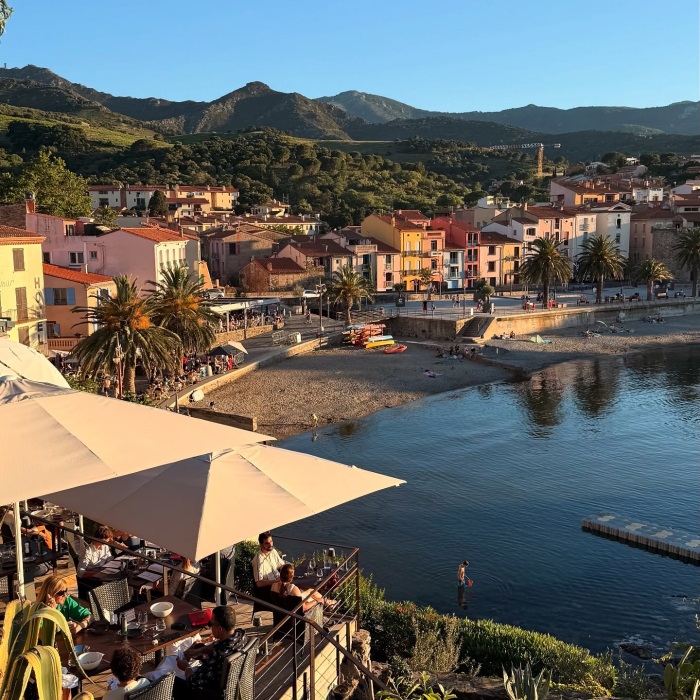
In the Alps, Annecy edges its turquoise lake with an old town of canals and arcaded streets, with Geneva just across the border.
Tignes, higher in the mountains, offers skiing into summer, as well as hiking and lake activities without the bustle of Chamonix.
Near the Spanish border, the Collioure seaside town once drew Matisse and Picasso with its Mediterranean light and Catalan seafood. It does get quite busy in peak season.
11. Northern France
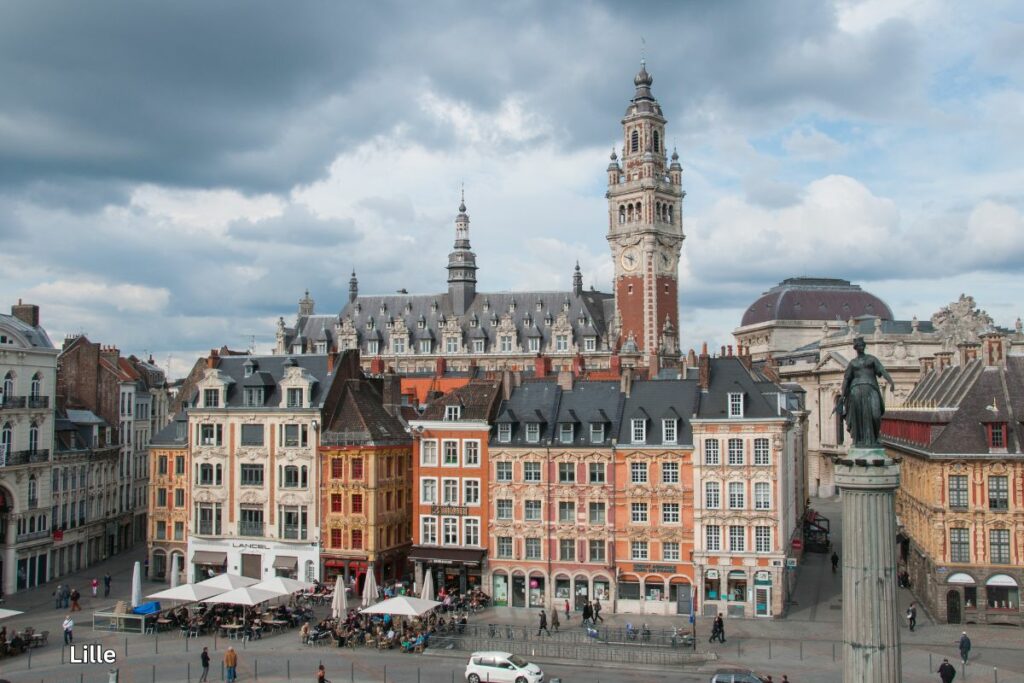
Lille, near the Belgian border, is still a hidden gem for travelers, with a distinctive Flemish feel in its old town squares. The city holds Europe’s largest flea market, La Braderie de Lille, every September (charming but crowded).
Outside the event, Lille makes a convenient base for trips into Belgium, especially to Ghent, less than two hours away.
12. Loire Valley Alternatives
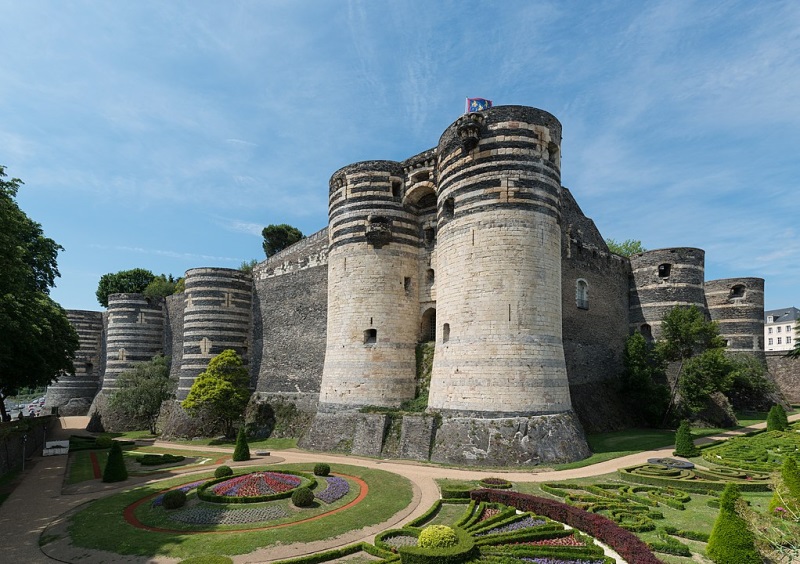
Angers, often bypassed for Tours or Amboise, has one of the Loire’s most imposing castles, the Château d’Angers, with its medieval Apocalypse Tapestry.
The city combines history with a youthful energy from its university. An easy and rewarding stop on a Loire itinerary.
